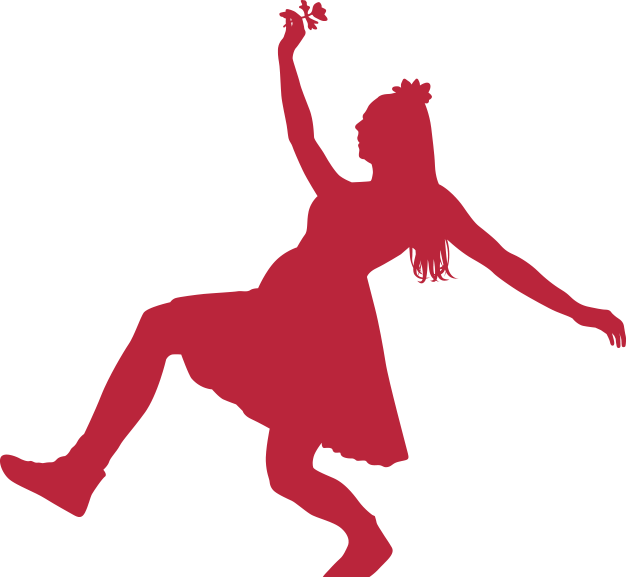global impro 7 - radical connector
May 23 2019

7.) RADICAL_CONNECTOR: Active presence and/in motion: Nonlinear dance training for all bodies with Marisa Godoy
This blog is the seventh of a series of blogs, charting my experience as a Theatre Bristol agent at the Global Improvisation Initiative Symposium, May 2019. If you'd like to get a little context, start here. Otherwise, it's time to dance!
Marisa Godoy is a dance practitioner-researcher and teacher with a background in contemporary dance, improvisation and somatics. Her creative practice involves stage productions, video installations and performances in alternative spaces. Under the label OONA project, she collaborates with the main dance and theatre venues in Zurich, performing in national and international festivals in England, France, Germany, Russia, i.a. Marisa is currently a PhD candidate at C-DaRE/Coventry University and a research associate at the Institute for the Performing Arts and Film/ZHdK. [from programme notes]
RADICAL_CONNECTOR is a nonlinear approach to movement in that it offers an infinite number of temporary solutions to given movement proposals. Grounded on the notion of the indivisibility of the human organism and its submersion in the environment it is part of, this movement practice is based on the simple act of noticing networks of connections within self, and between self, other and surrounding, whilst moving/dancing
Marisa's class was awesome! I'd like to offer you a taster of what I experienced. You'll need a clear space and 10-15 minutes of uninterrupted time.
This is my version of the warm up Marisa led us through. You can do this solo or with a group of people. The important thing is to let it be what it is. It doesn't have to be good, interesting or clever. Focus on the quality of your connection and the material will arise.
Begin by standing in the space
- soften your knees and your jaw
- feel your feet on the floor
- notice what's happening inside your body
- what's happening with your breath?
- feel, sense or imagine your rib cage
- find some simple, enjoyable movement with your rib cage.
- explore how your rib cage connects with your spine
- explore how your spine connects with your skull
- how does your skull connect with your eyes
- your eyes with your thoughts?
- your thoughts with your thoughts?
- connect with the taste inside your mouth
- let that connect you to the memories of whatever you last ate or drank
- explore the connection between the inside of your mouth and your pelvic floor
- explore the connection between your feet and your head
- follow your inner impulses
- feel the temperature of your skin
- feel the connection between your skin and the world
- open your eyes and notice what you're looking at
- respond to inside and outside impulses – meet the physical world around you with curiosity and without a plan, let your exploration unfold moment by moment.
- put on some music and respond to the music as another impulse if you wish.
- if you're doing this with other people, start to include the other people – let your eyes meet theirs, respond to whatever impulses you're having in relation to the people, the space, the music.
After the warm up, Marisa brought us into contact with each other in various ways, playing with the space between us and offering invitations for physical contact.
At the end of the class, I felt refreshed, delighted, energised and happy in my body. I realised I had been desperate for movement since I'd arrived at the conference. I was struck with my need for permission and held space to move – I could have just done this on the grass at any time, but I didn't. What stops me following my impulses? What stops me taking care of my needs? What stops you taking care of yours?
The answers to these questions and many more, came in the next workshop, exploring Feldenkrais with Victoria Worsley.



